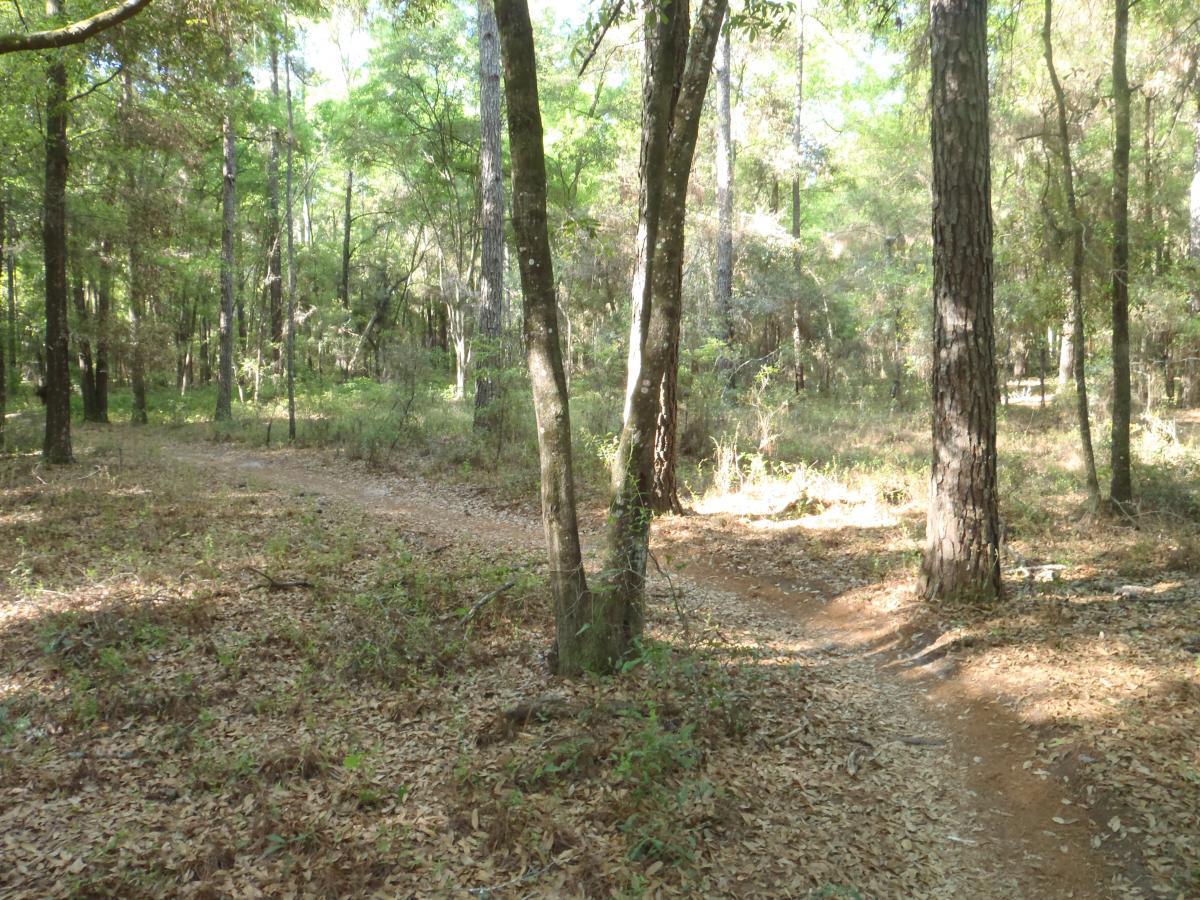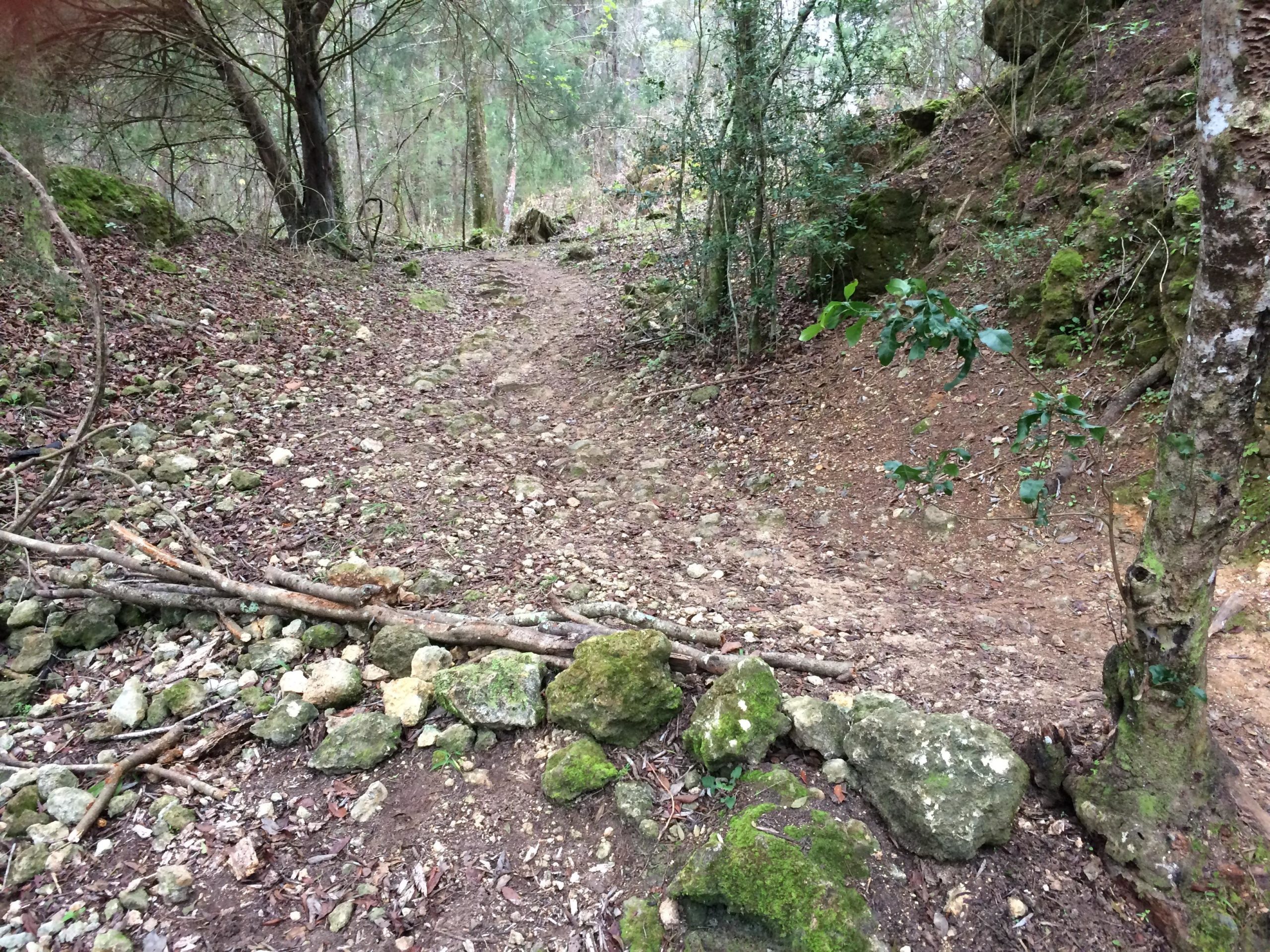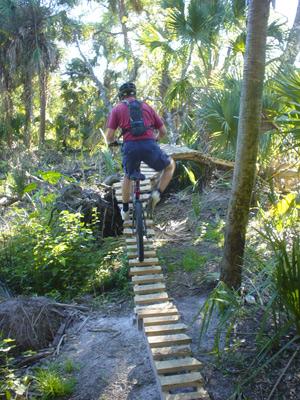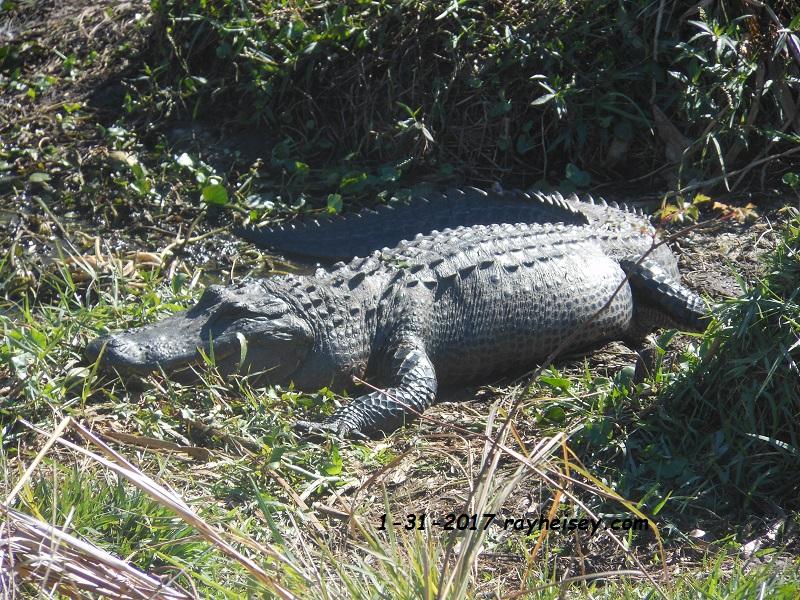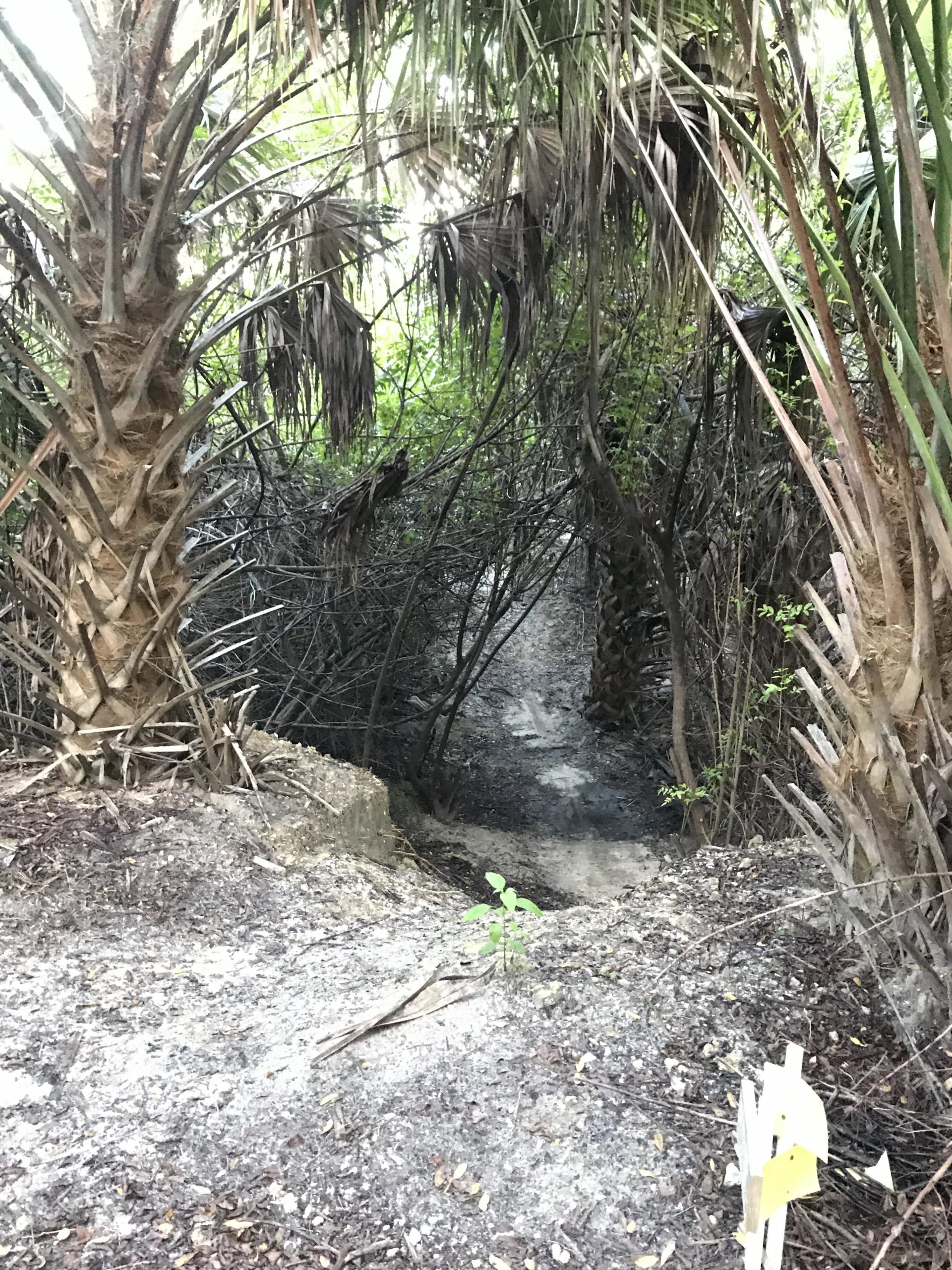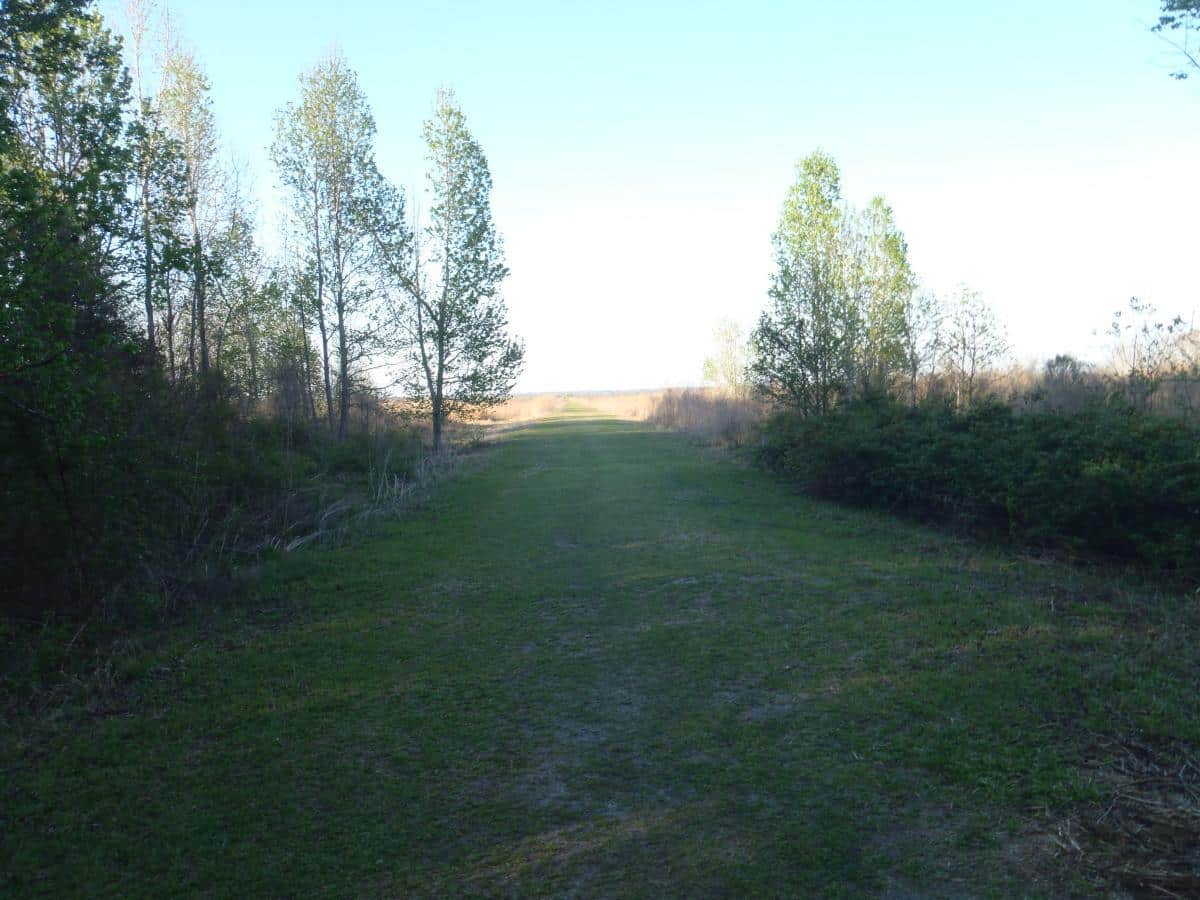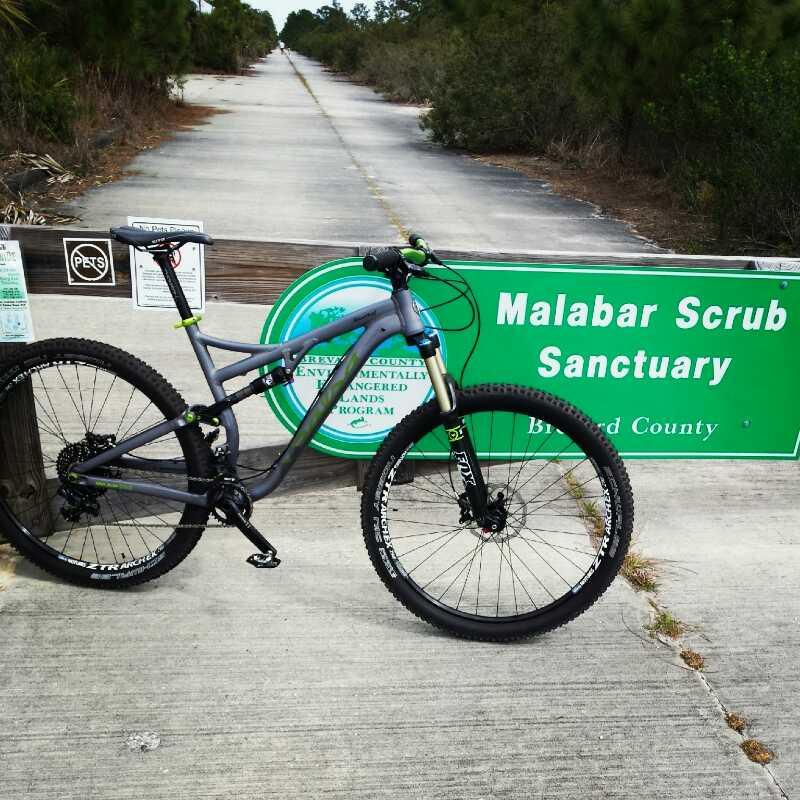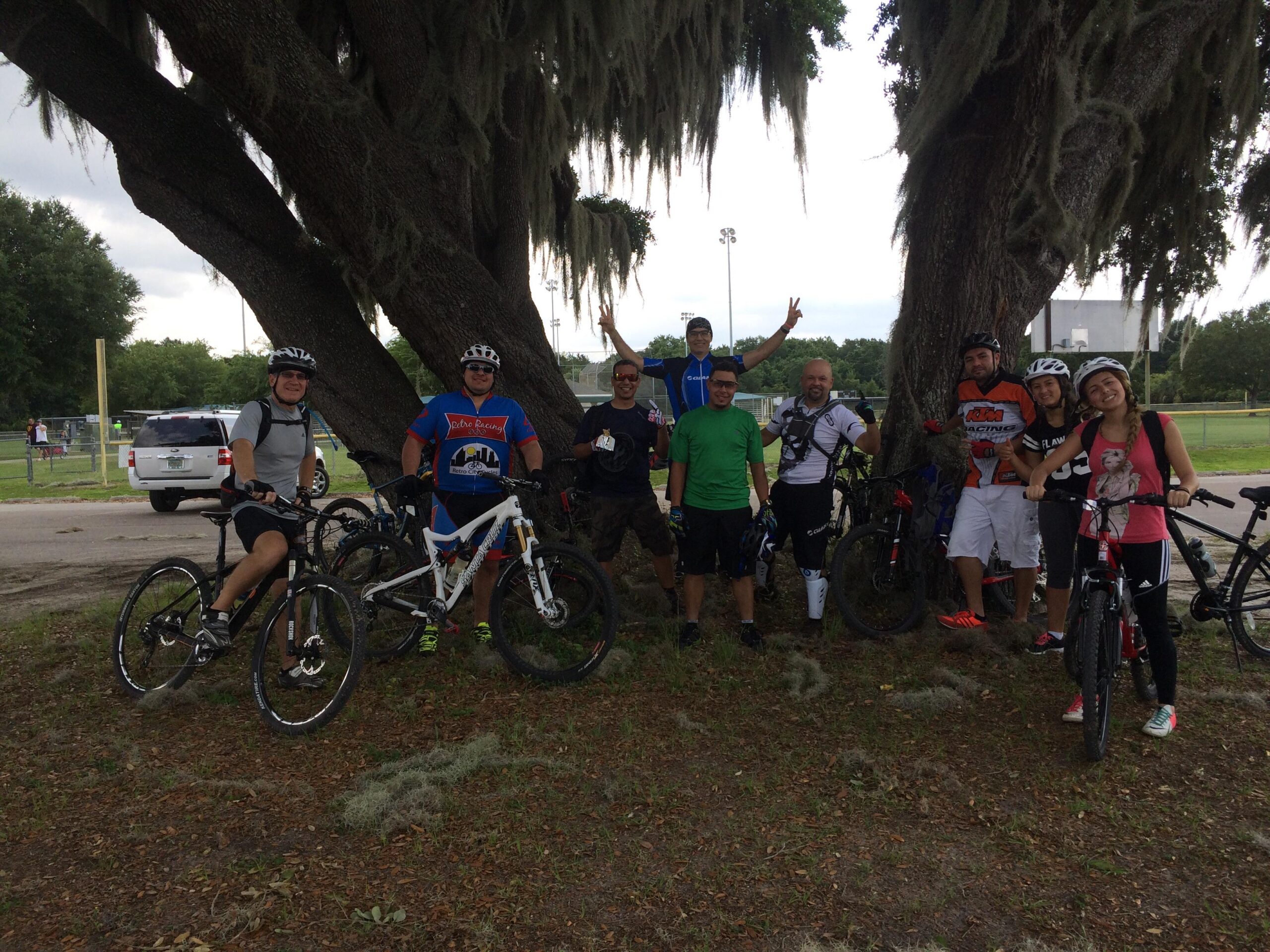Florida: Area Description
Florida can mainly be divided into two geographical sections. These are the coastal lowlands, given that it's sandwiched between the Atlantic Ocean and the Gulf of Mexico and the highlands in the interior.
That said, the interior highlands aren't very high, with the highest elevation being 345 ft above sea level. This means that overall, there aren't many hills or mountains to climb, and if you enjoy fast, exciting descents, you will miss out while visiting Florida.
Fortunately for Florida, there's plenty of rain each year, allowing plenty of trees and forests to grow in the state. The roots help add a bit of difficulty and excitement to the trails.
| Land area (sq. m; sq. km) |
170,312 km2 |
| Minimum Elevation |
100 ft |
| Maximum Elevation |
345 ft |
Demographics of Florida
Regarding Florida's Demographics, the state has one of the older populations in the country, with the median age being 42.2 years. For context, the oldest state is Maine, with a median age of 44.8.
The general population in the state turns to water sports, going to museums, and shopping for fun. The state also has a healthy bike culture, with people using bicycles for commuting and fun on the weekend.
However, it's also a rather deadly state for cyclists, with about 18 people on average being involved in a bicycle accident daily.
On the bright side, this means that people in the state take things like fitness and health fairly seriously. On the other hand, a high population of bike riders means crowded bike trails.
You can get around this by going in the early morning on a weekday while people are going to work. However, you'd need to be on vacation or have flexible working hours to pull this off.
| Total population (thousands, million) |
22,244,823 |
| Population density (persons per sq. km) |
160/km2 |
Climate of Florida
While Florida is a huge land mass, there are hardly any deviations in climate due to the minimal differences in altitude. After all, the highest and lowest elevation points are only a few hundred feet apart.
This is because there are no mountains in Florida, although there are a few hills like Britton Hill, Oak Hill, and Falling Water Hill. There's also the High Hill which ironically has an elevation of only 323 feet.
Ultimately, the temperatures stay in the 59°F to 83°F range, which is fairly warm throughout the year. Also, while it can snow, it only happens rarely.
Florida's rainy season runs from mid-May to late October, with 54 inches of rainfall expected yearly. However, it can also rain occasionally during the rest of the year.
Average Temperature by Months and Seasons
| Month |
Average Temperature |
| January |
59.3 |
| February |
62.1 |
| March |
66.0 |
| April |
71.1 |
| May |
76.7 |
| June |
81.0 |
| July |
82.6 |
| August |
82.6 |
| September |
80.6 |
| October |
74.7 |
| November |
67.0 |
| December |
62.0 |
Infrastructure
In addition to having bike-friendly weather all year round, Florida has the infrastructure to support cyclists. There is room for improvement, with the accident statistics indicating it's one of the most dangerous states for cyclists.
However, at the very least, you have easy access to any trails you might be considering exploring. You also have access to services like bike repair, bike rentals, etc., as well as artificial obstacles in some of the trails.
Additionally, given that it's also a tourist hub, hotels are a dime a dozen, and you can likely find one in each city you visit. In Tampa, for instance, one of the more popular hotels is the Hilton Garden Inn in Tampa East. It's also fairly close to the Florida State Fairgrounds for those interested in that sort of thing.
Sights and landmarks in Florida
One of the major Florida sights you can visit on your bike is the Everglades National Park, where you may even see some alligators. Naturally, you should be careful in the sections with the alligators since you can easily become dinner.
FAQ about trails in Florida
Which intermediate-level trails should I try in Florida?
The Balm Boyette is an excellent intermediate-level trail for anyone looking for a whole day's adventure. It's a network-type 20-mile adventure with more elevation changes than what is typically available in the rest of the state. That said, they're often quite short and allow for a flowy ride which is just what some cyclists want.
What is the longest bike trail in Florida?
The East Central Regional Rail Trail is a paved 52-mile trail that may need more than a day to complete if you use a mountain bike. You can probably reduce the duration significantly by using a road bike instead, and without the jumps and drops you find in most MTB trails, bike suspension won't be necessary.
Can I go mountain biking in Florida during winter?
It can get fairly wet during winter, and this might make the trails slightly more slippery and technical. However, if you can handle yourself and don't mind the weather, you should be able to do it.

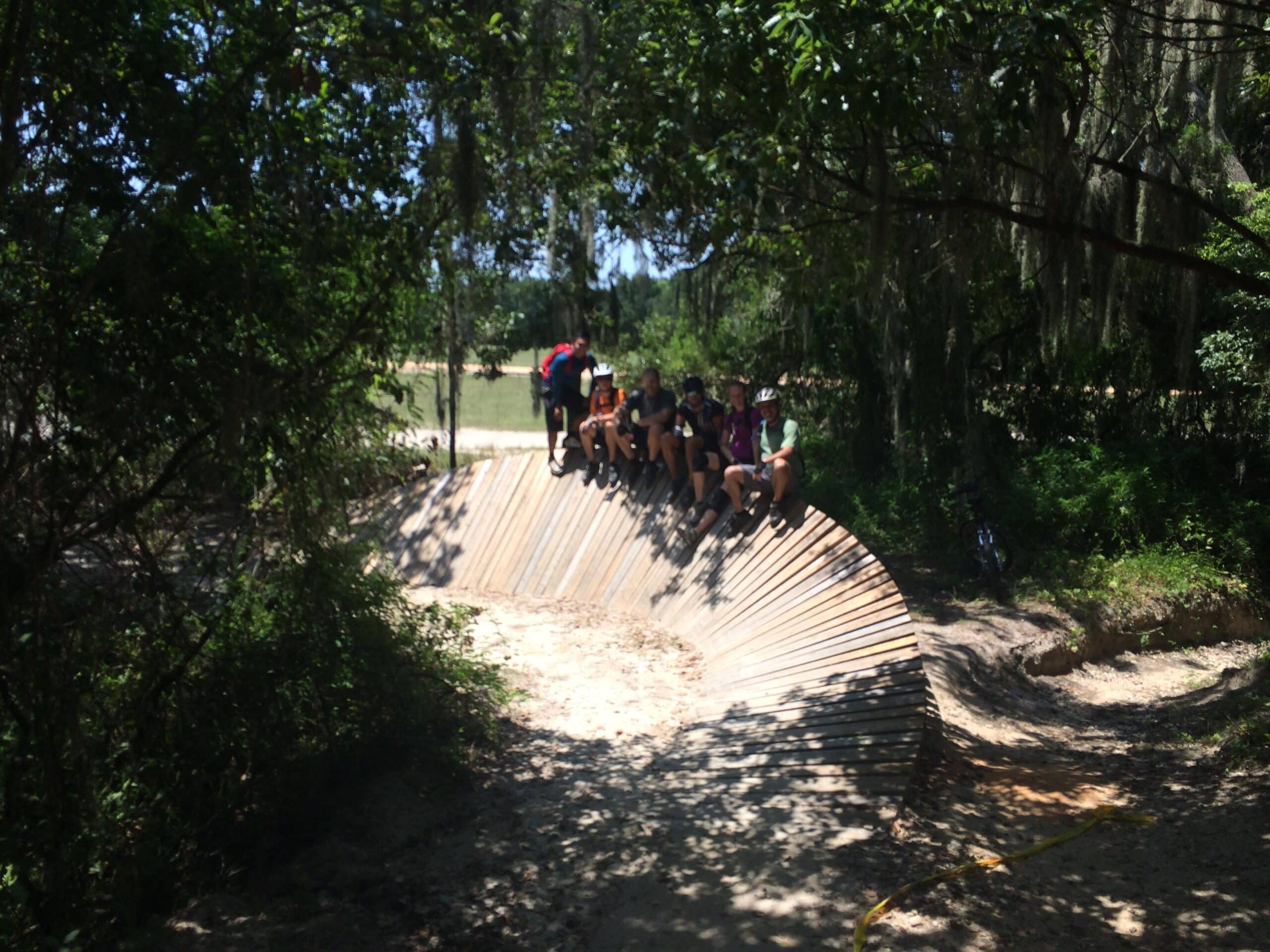
 11 mi
11 mi
